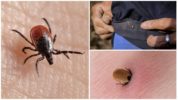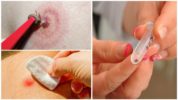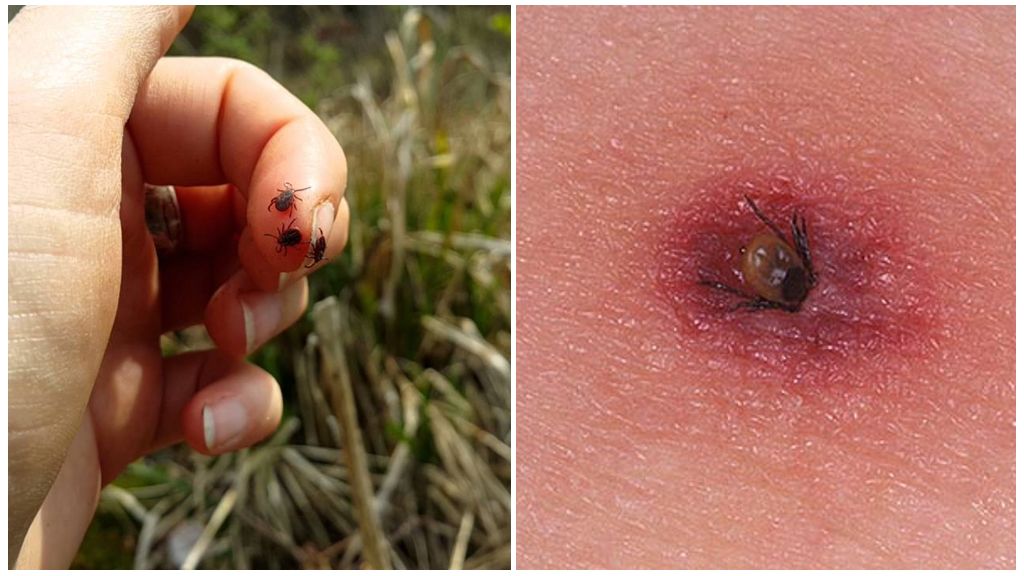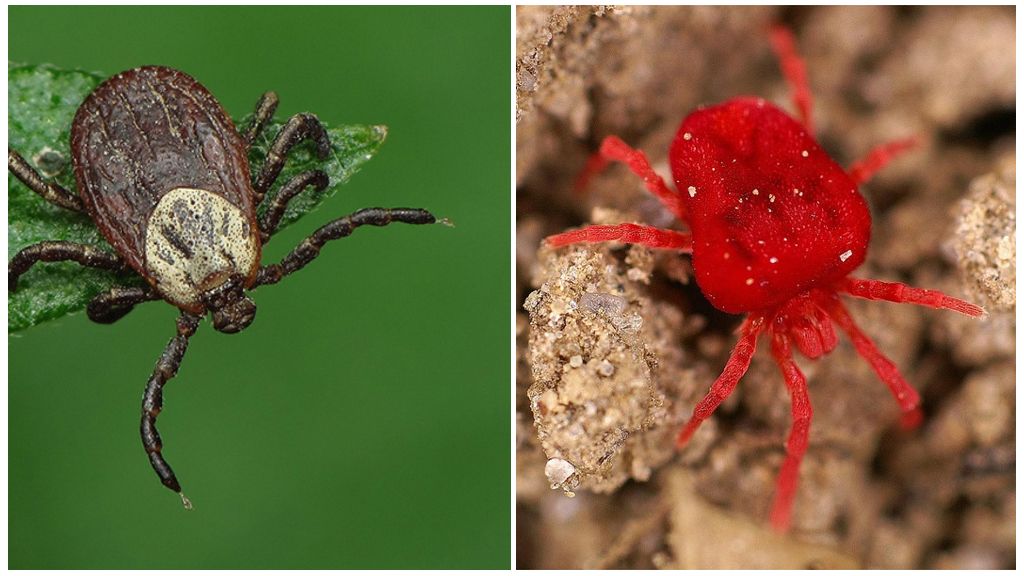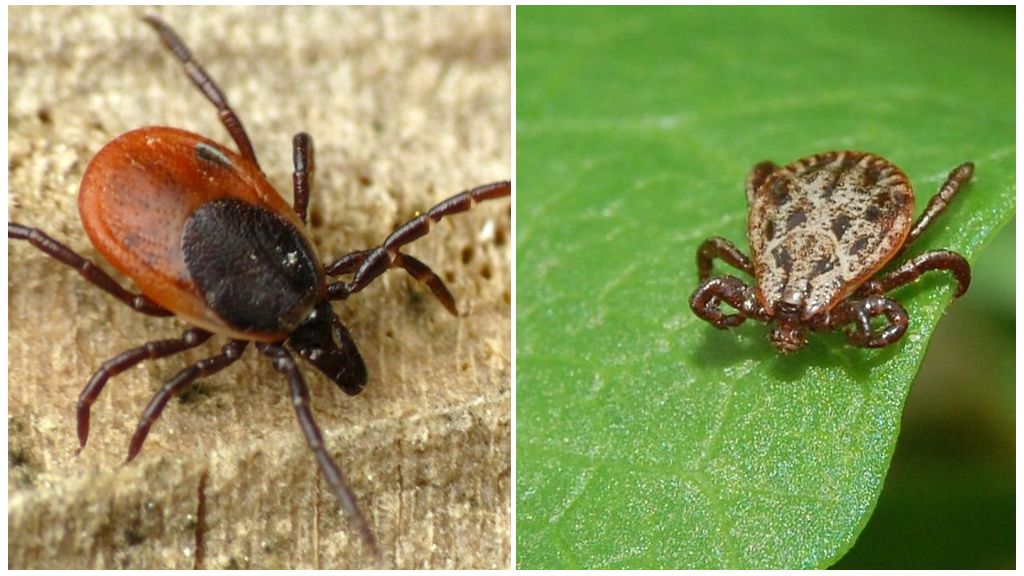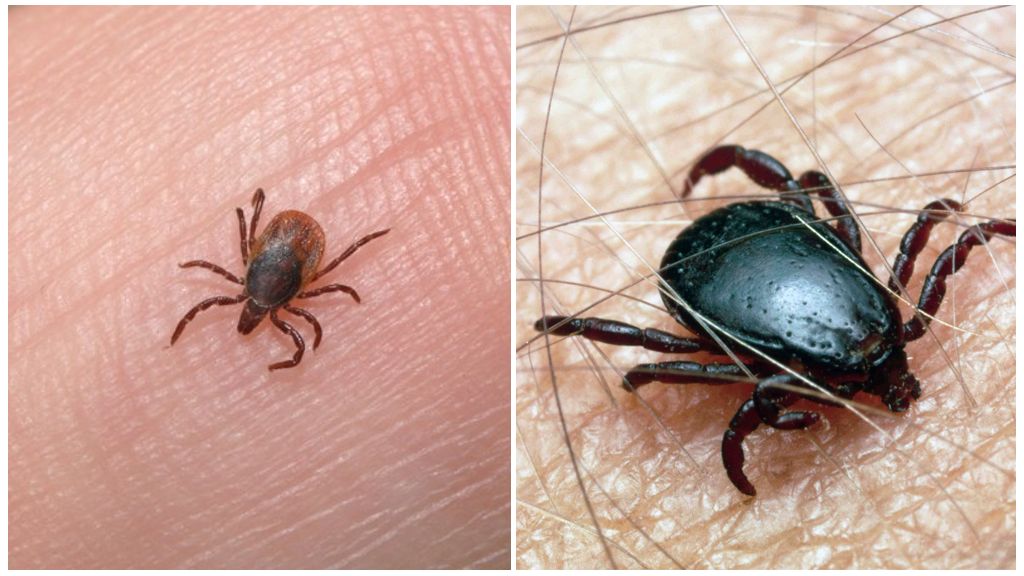- Tick bite
- Tick extraction scheme
Consultation for parents - “Watch out, ticks!” for preschool education is carried out by educators, medical workers at meetings. There is a place for a stand where the most important information is placed on how to avoid bites, what to do when a sucking tick is found. The parent corner should be in all preschool institutions of the area where cases of tick-borne encephalitis are recorded.
Information for parents about ticks in kindergarten
Contains the most important aspects. Interviews with parents are carried out by group educators, medical workers. A special meeting on the topic “Ticks” can be held for all parents of kindergarten children in the assembly hall. Healthcare professionals often hand out leaflets in the form of brochures. The main issues to be addressed are outlined below.
Where do they live when they appear
Ticks spring appear in March, when the temperature reaches +15 degrees Celsius. First bites fixed in April. Mass activity is observed in May. Repeated tick outbreak in September.
They live in tall grass, thickets, on the lower branches of shrubs. Natural habitat is a forest, an area near ponds, pastures, meadows. As well as city parks, squares, green areas near the house.
How to bite
From the grass, the lower branches of the bushes make their way to clothes. Within 20 minutes, they master the surface of the human body, stick to the places where the blood pulsates well, a thin epidermis. You can detect the parasite in the groin, armpits, on the neck, chest.
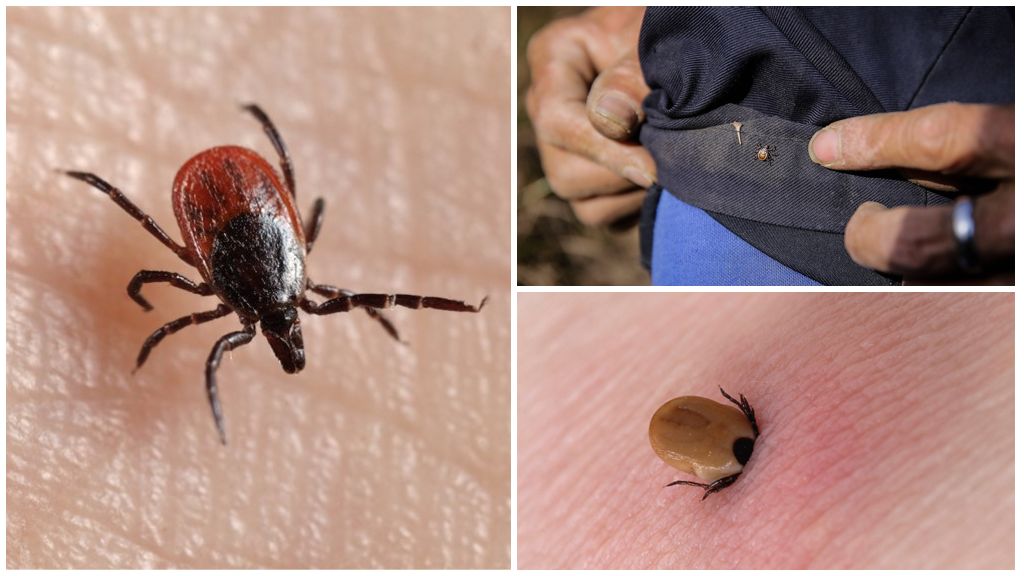
On a note!
The head of the tick plunges under the skin, the body is outside. Initially, the size of the parasite is about 3 mm, the more it is on the body, the larger it becomes. Full the parasite can fall off by itselfbut for this to happen, it takes 1 to 10 days.
What is dangerous
Swelling, redness, and slight itching appear at the site of the bites. Children often develop an allergic reaction with severe itching, inflammation, severe redness, and special treatment is required. When combing, an infection gets into the wound, eczema appears with purulent discharge, the use of local antibiotics is required.
The greatest danger are diseases borreliosis, tick-borne encephalitis. Lyme Disease treated with antibioticsThere are no special medicines for tick-borne encephalitis. It is treated symptomatically. Antiviral, immunostimulating drugs are used. In the first 72 hours after the suction of the tick is introduced human immunoglobulin.
What to do if the tick is sucked
In areas where tick-borne encephalitis cases are recorded, it is recommended that you immediately seek help from specialists. If child bitten by a tick, you need to take him to a children's clinic, to a pediatrician, infectious disease specialist, emergency room.
The parasite is carefully removed, placed in a sterile container. In the future, he is sent for research to the laboratory. The bite site is disinfected. If tick-borne encephalitis virus is detected in the tick’s body, the child is given immunoglobulin.
Important!
If it’s not possible to contact a specialist, remove tick gently with tweezers syringe, special device. They capture the body, make several revolutions to the right or left side. It must be remembered that tick-borne encephalitis infection occurs when a parasite enters the wound of infected blood.
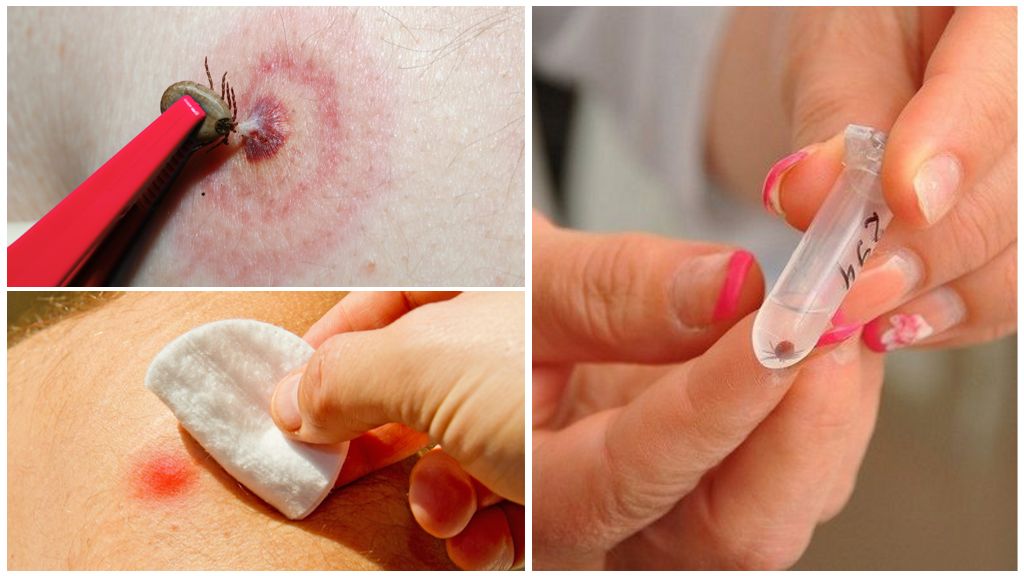
Put in a jar, put a moist cotton pad on the bottom, take to the lab. You need to do this quickly, since the time for the introduction of immunoglobulin is 72 hours. The study is conducted 1-2 days.
Tick-borne encephalitis prevention
Specific methods are vaccination. To protect the child you need to do 3 vaccinations. Immunity is developed for 3 years. The effectiveness of the vaccine is 95%. In addition, personal safety precautions should be observed to protect against ticks. It is necessary to monitor the child during his stay in nature, to observe elementary requirements.
- Clothing should be closed, pants should be put on socks.
- On the head is a hat. Hair needs to be hidden.
- Forbid the child to run on tall grass, climb into thickets, thickets.
- Inspect the body every 2 hours, a control examination is carried out after returning home.
- Throw clothes into the wash, buy a child.
- Use repellents for children.
Memo “Beware of ticks!” in preschool institutions in the parent corner can hang all year round. Information about tick-borne encephalitis can be supplemented, updated, corrected. It also indicates the telephone hotline where you should call when a tick bites in a dangerous region.
